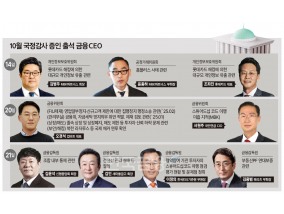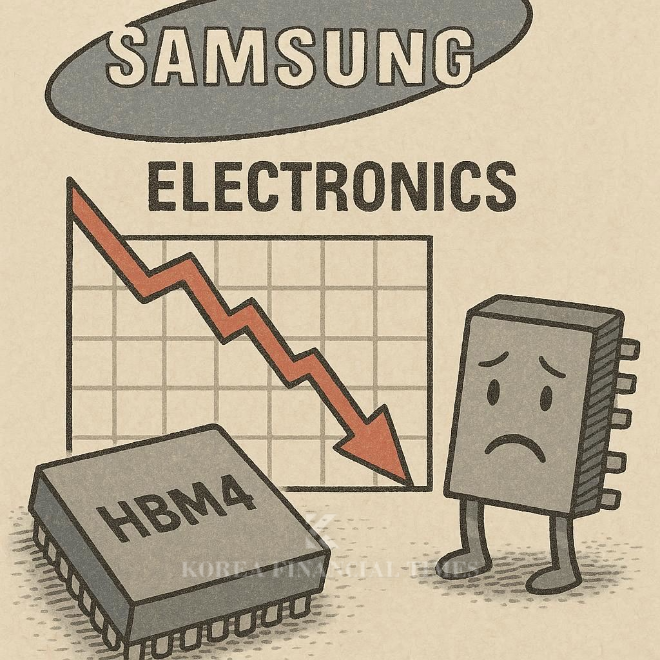 이미지 확대보기
이미지 확대보기Immediately following his return, Samsung's semiconductor division saw a rebound in the second quarter of last year, recording an operating profit of 6.5 trillion Korean Won. However, Vice Chairman Jun insightfully remarked, "This was not a recovery of fundamental competitiveness but merely an improvement in market conditions. Relying solely on market fluctuations will only lead to a recurrence of the same situation."
This starkly contrasts with rival SK Hynix, which posted an operating profit of 9.2 trillion Korean Won in the second quarter, a figure 23 times greater than Samsung's semiconductor division . Consequently, Samsung, which has consistently held the top position in DRAM since 1992, now finds itself on the brink of losing that leadership. According to DRAMeXchange, Samsung's DRAM market share in the first half of this year dropped by 8.8 percentage points from the end of last year, reaching 32.7%.
Nevertheless, Samsung Electronics has not been idle. Vice Chairman Jun is reported to have made consecutive visits to Silicon Valley in the U.S. in May and June, engaging in discussions with Nvidia concerning HBM supply. Furthermore, from late July, Samsung Electronics Chairman Lee Jae-yong directly embarked on a two-week business trip to the U.S., where he reportedly met with Nvidia CEO Jensen Huang. Upon his return, when questioned by the press about the details of his trip, Chairman Lee succinctly stated, "I came back having prepared for next year's business."
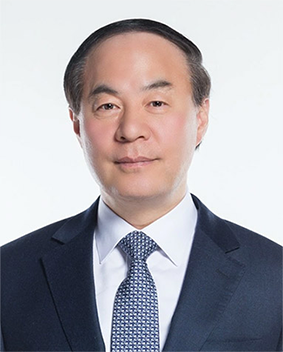
The semiconductor industry anticipates that the competition for next-generation HBM will intensify from next year. This is primarily driven by Nvidia's planned launch of 'Rubin,' the successor to its Blackwell AI semiconductor Graphics Processing Unit (GPU), in the latter half of 2026.
Rubin will feature the next-generation HBM4. In the HBM3e market, integrated into Blackwell, SK Hynix currently dominates with a 75% market share. Kiwoom Securities analyst Park Yu-ak projects that "HBM4 market share will be intensely competitive among suppliers, likely settling at around 50% for SK Hynix, 30% for Samsung Electronics, and 20% for Micron." Should Samsung secure a significant share in HBM4, it would undoubtedly accelerate its performance recovery.
HBM is composed of a 'base (logic) die,' which functions as the brain, and 'core dies,' formed by stacking DRAM chips. Samsung Electronics has adopted a differentiated strategy by directly producing the base die in its foundry and preemptively applying its 10nm 1c DRAM, a generation ahead of its competitors, to the core dies.
Conversely, SK Hynix will outsource the design and mass production of the base die for HBM4 to Taiwan's TSMC. At its second-quarter earnings call on July 31st, Samsung Electronics announced that it had "completed the development of 10nm-class 6th-generation (1c) nano process HBM4 and has already shipped samples to key customers (Nvidia)."
However, variables remain. The critical factor lies in Nvidia's quality certification results. Although there are reports of positive signals from initial tests, premature optimism is unwarranted given past delays in HBM3e certification.
The outcome of HBM4 quality certification is expected to become clearer around the first quarter of next year. An industry insider commented, "Nvidia appears to be conducting tests for as long as possible to gain leverage in price negotiations," adding, "Rather than allocating volume to a specific vendor, they will consider quality and price comprehensively."
Gwak Horyung (horr@fntimes.com)
[관련기사]
가장 핫한 경제 소식! 한국금융신문의 ‘추천뉴스’를 받아보세요~
데일리 금융경제뉴스 Copyright ⓒ 한국금융신문 & FNTIMES.com
저작권법에 의거 상업적 목적의 무단 전재, 복사, 배포 금지




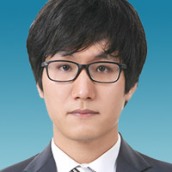




![용산구 ‘나인원한남’ 88평, 9억 상승한 167억원에 거래 [일일 아파트 신고가]](https://cfnimage.commutil.kr/phpwas/restmb_setimgmake.php?pp=006&w=284&h=214&m=5&simg=2025071010042800278b372994c952115218260.jpg&nmt=18)


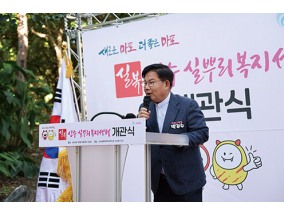
![[현장] 전통의 역사 따라, 새우젓 향 따라…제18회 마포나루 새우젓 축제 개막](https://cfnimage.commutil.kr/phpwas/restmb_setimgmake.php?pp=006&w=284&h=214&m=5&simg=2025101714594208446b372994c95106101139193.jpg&nmt=18)
